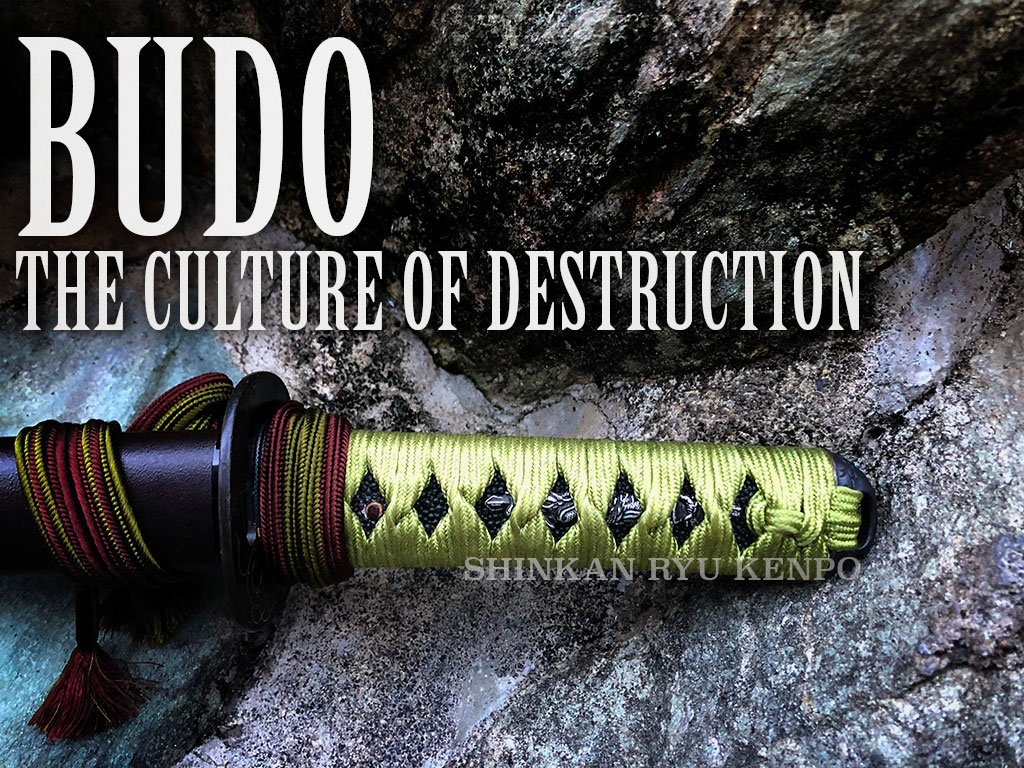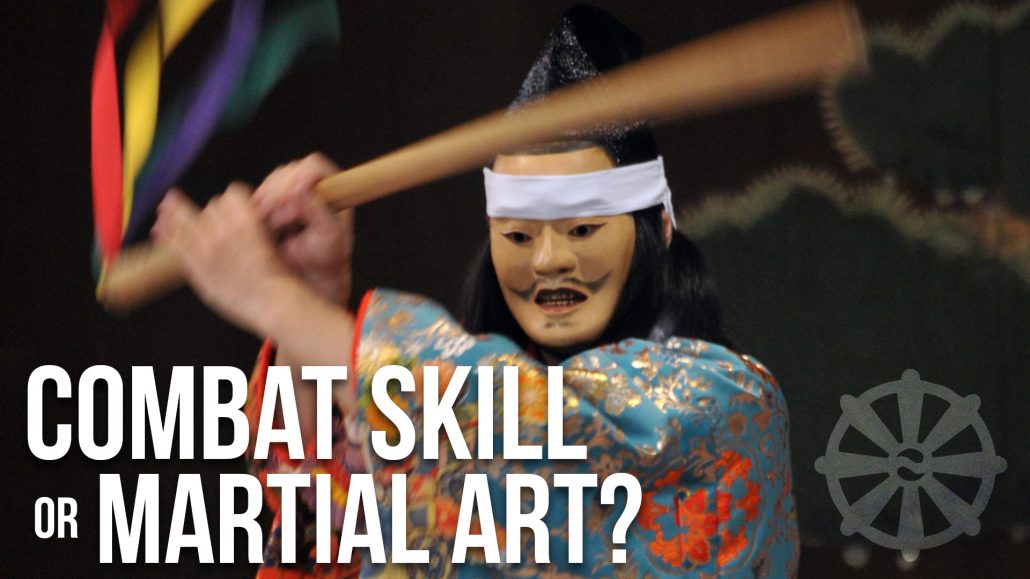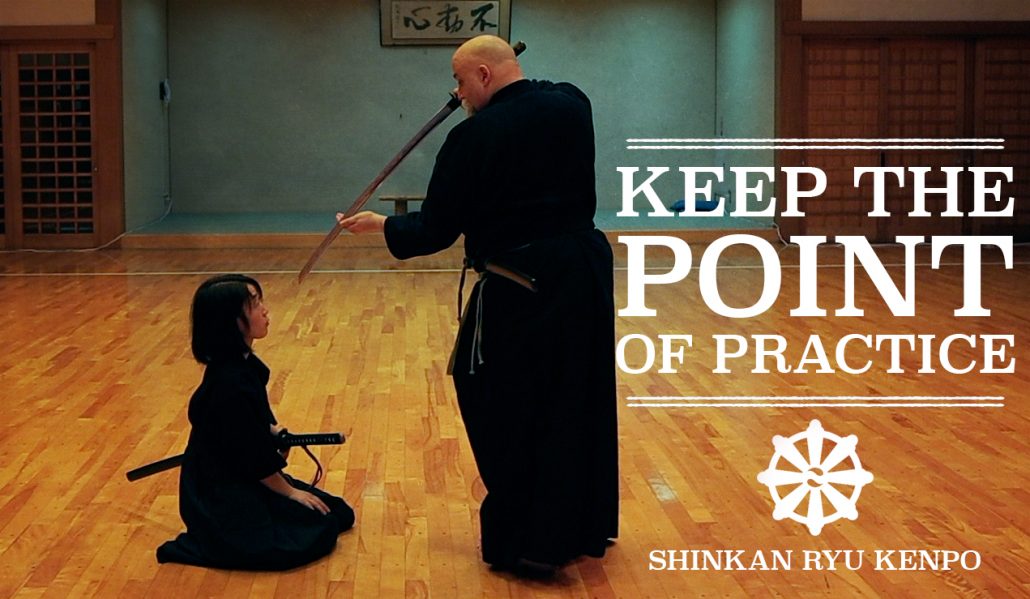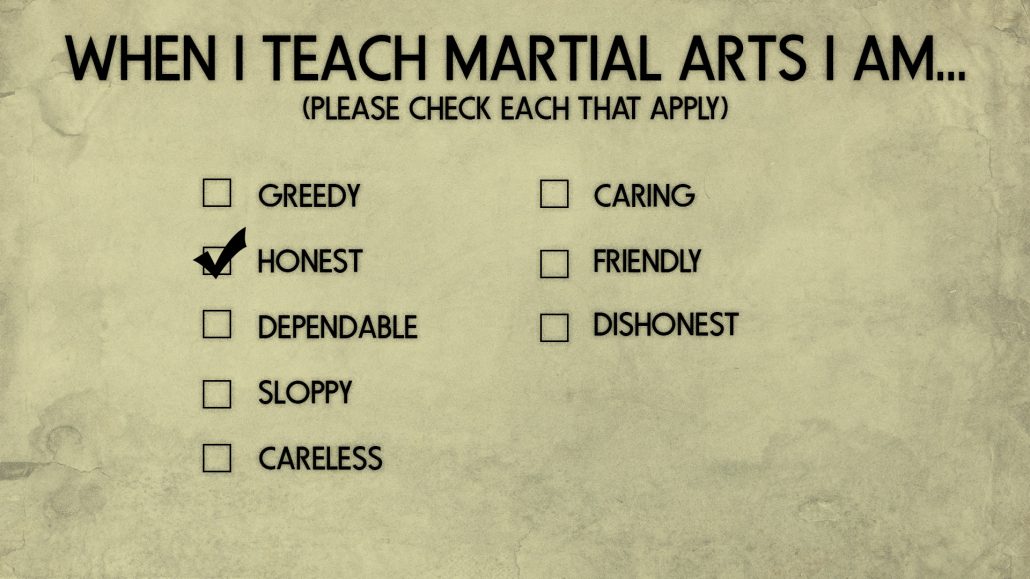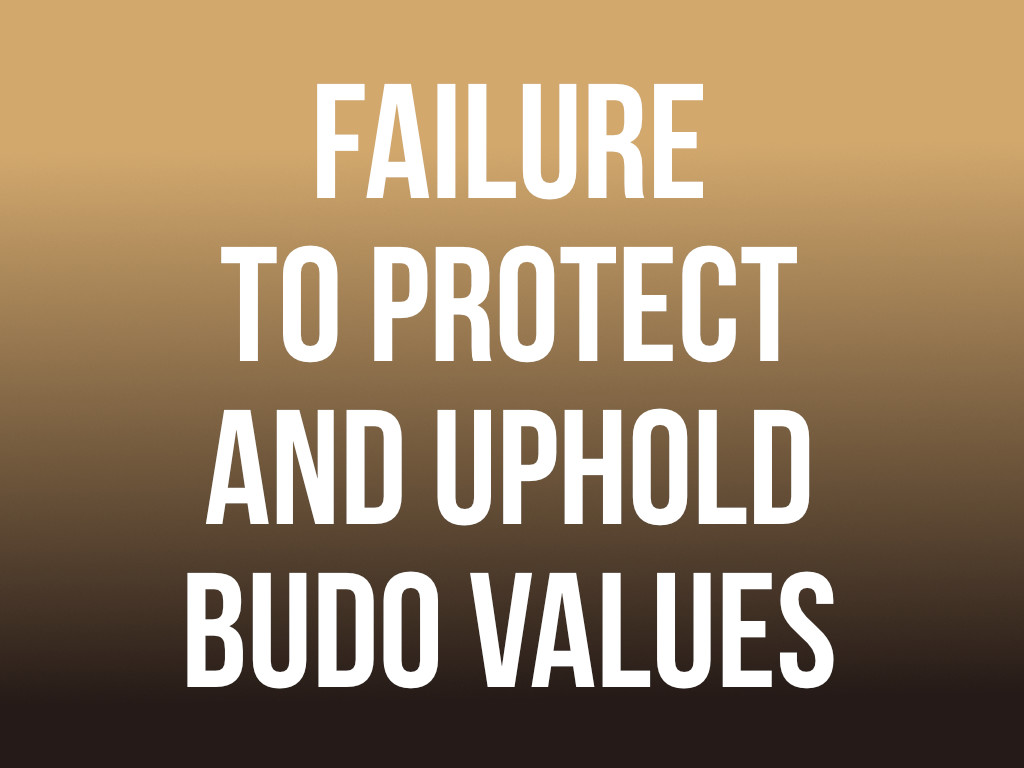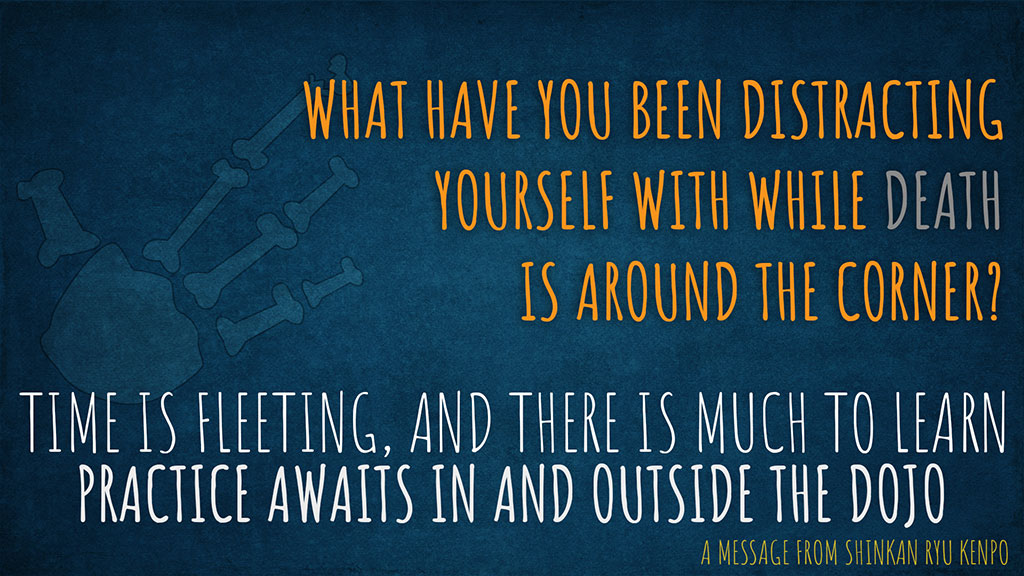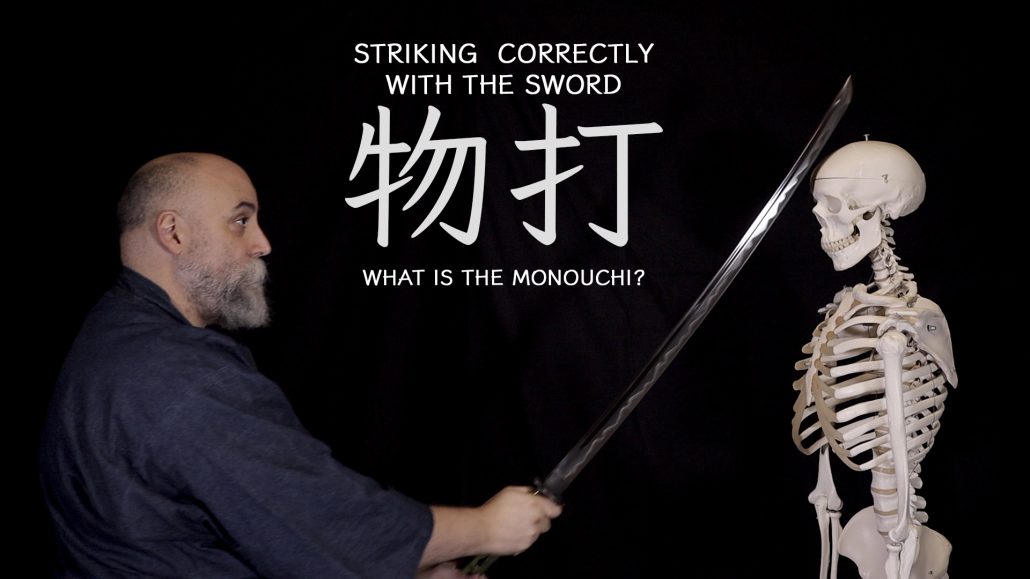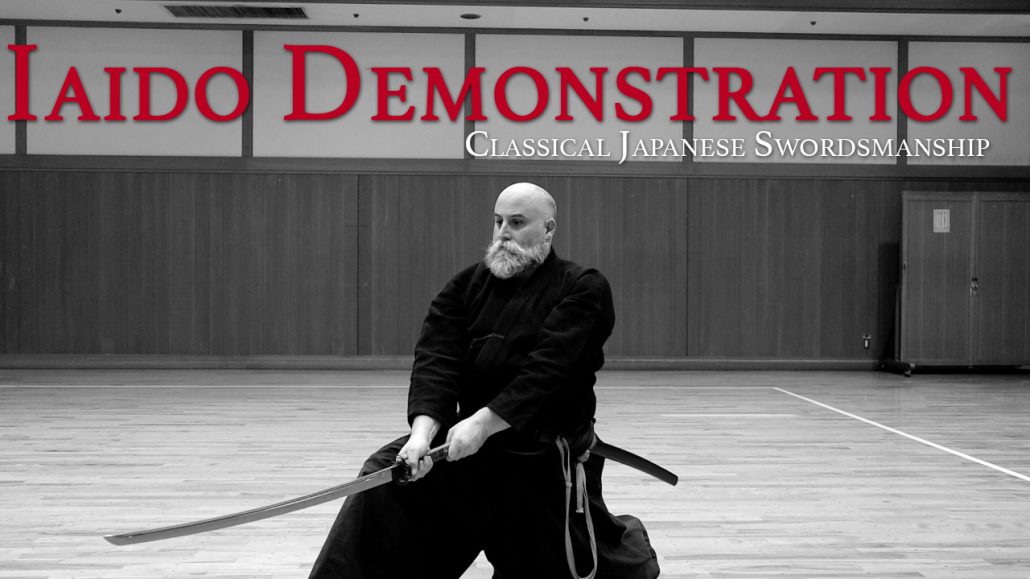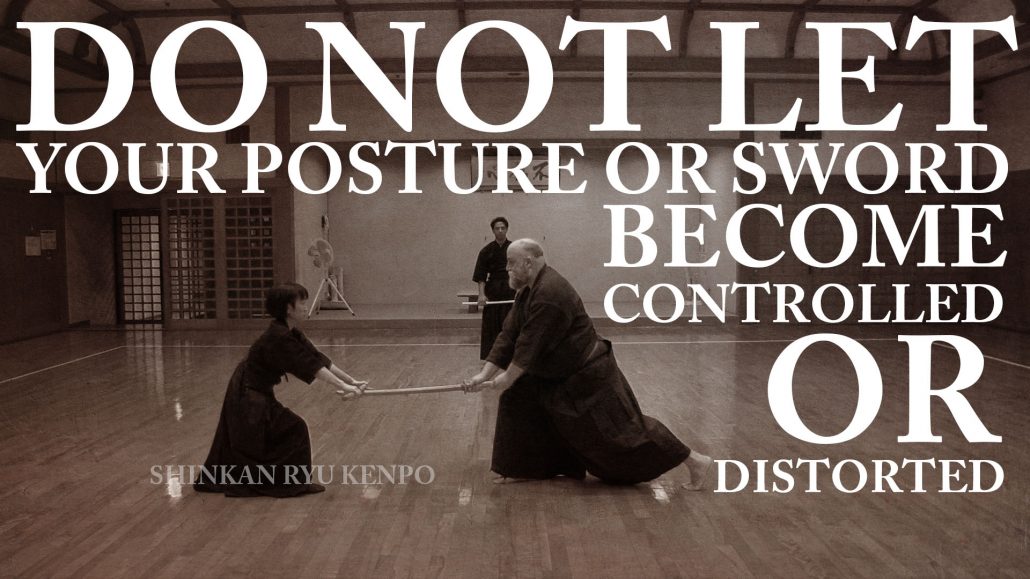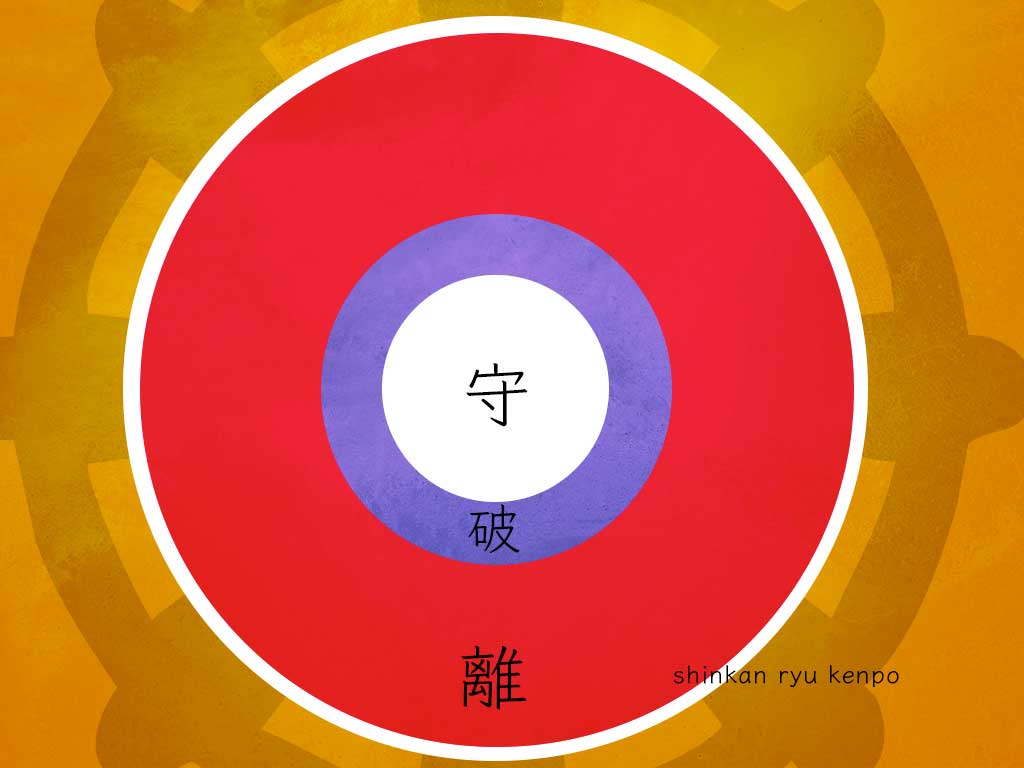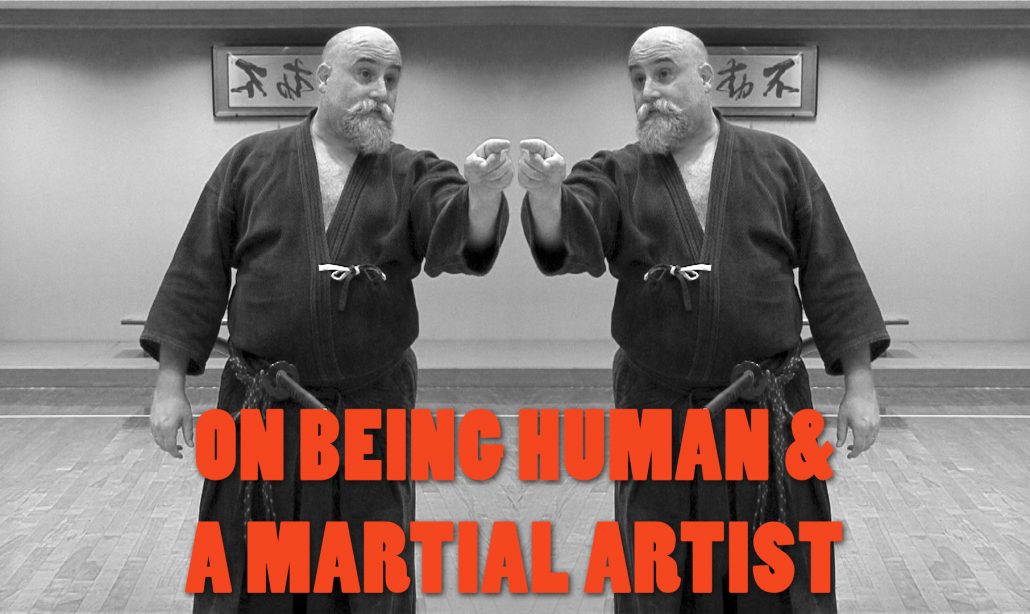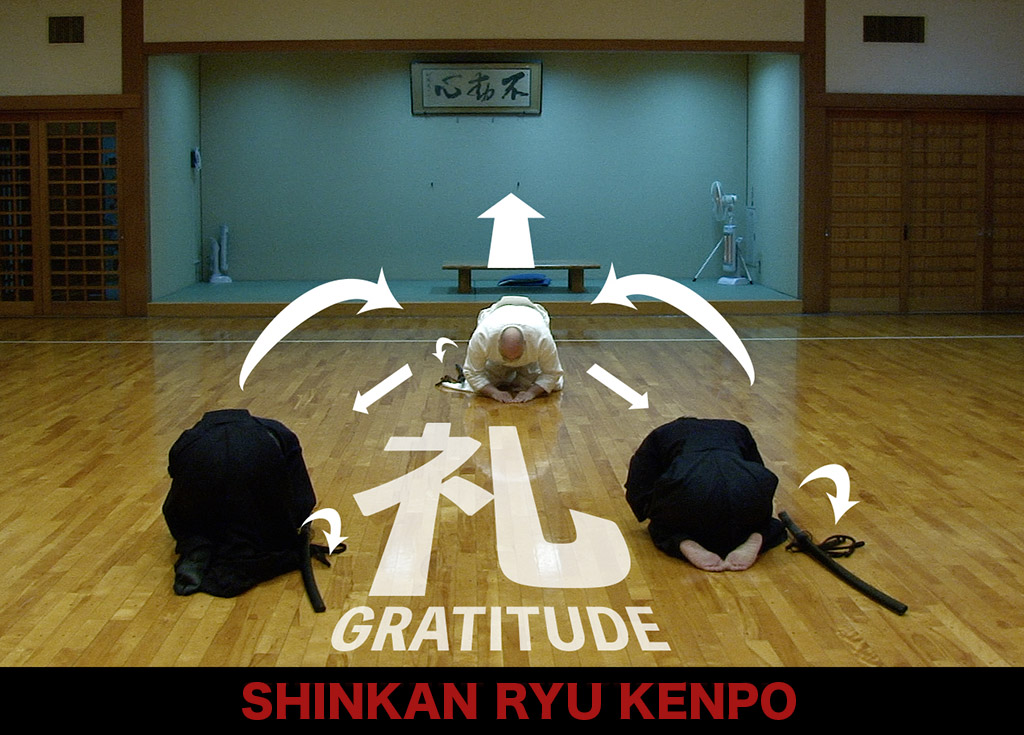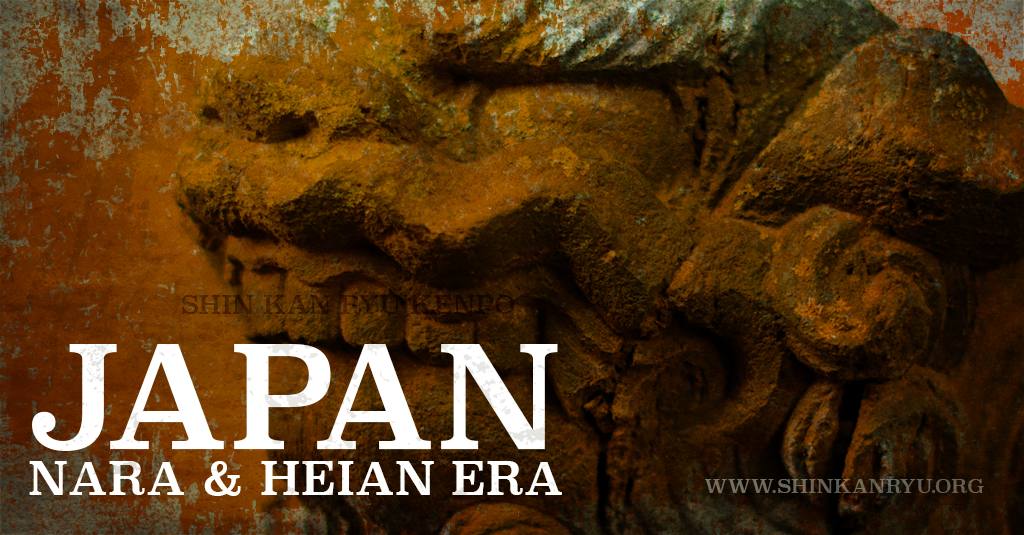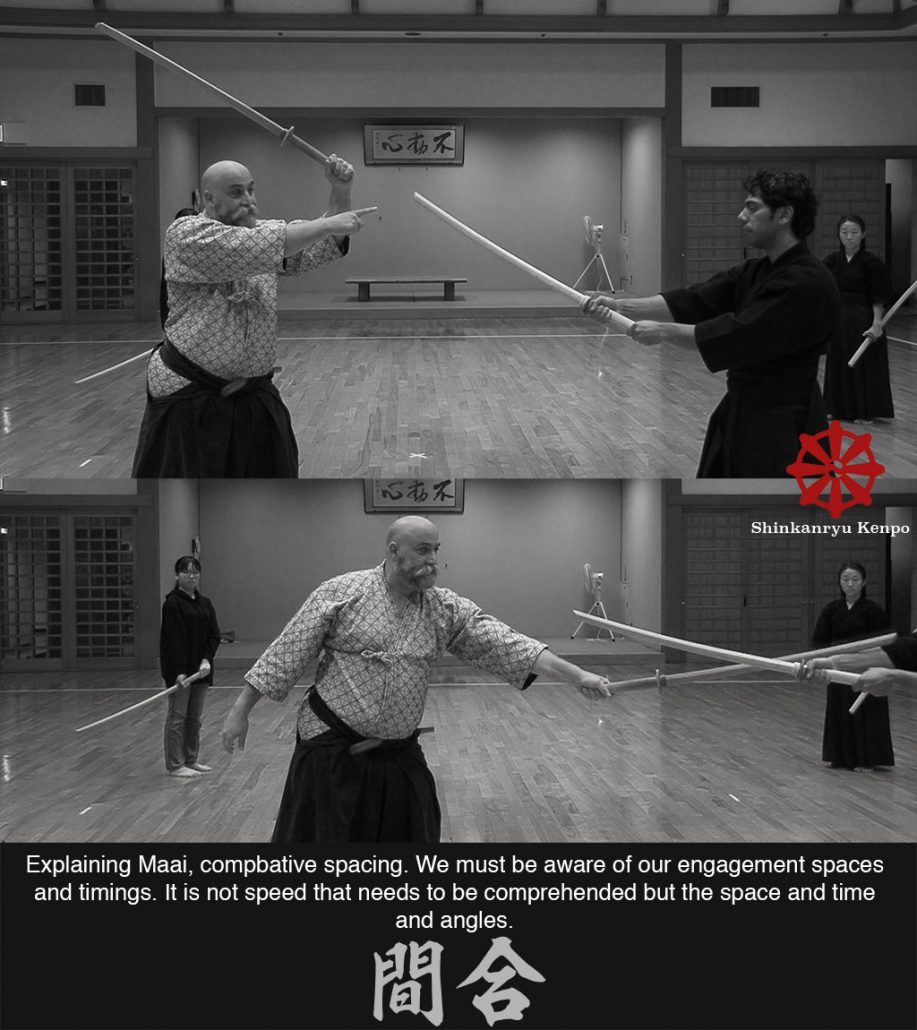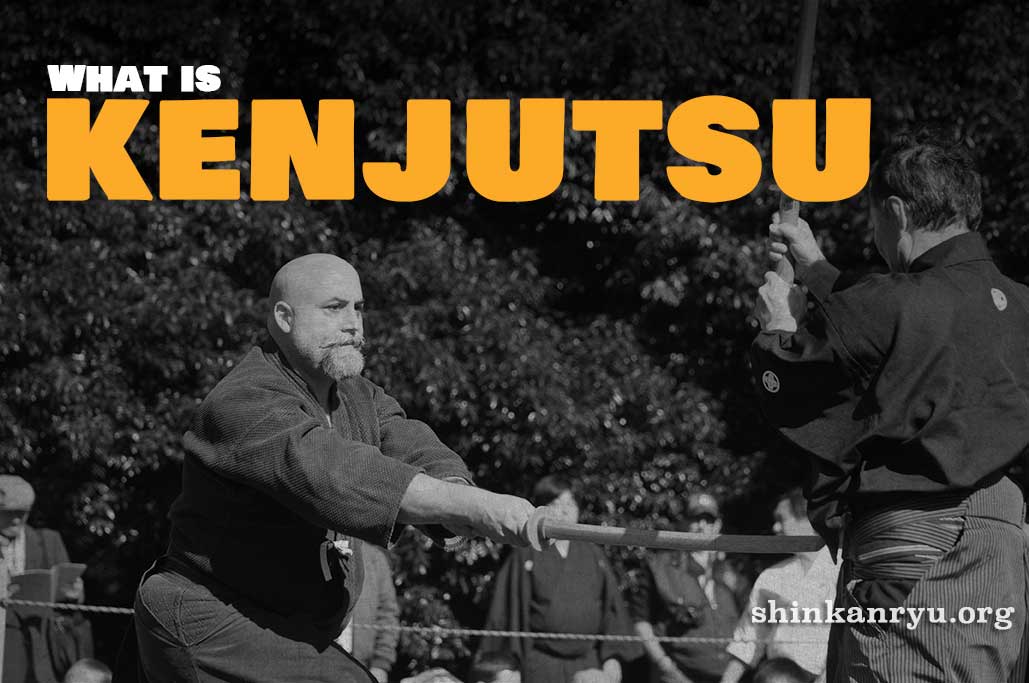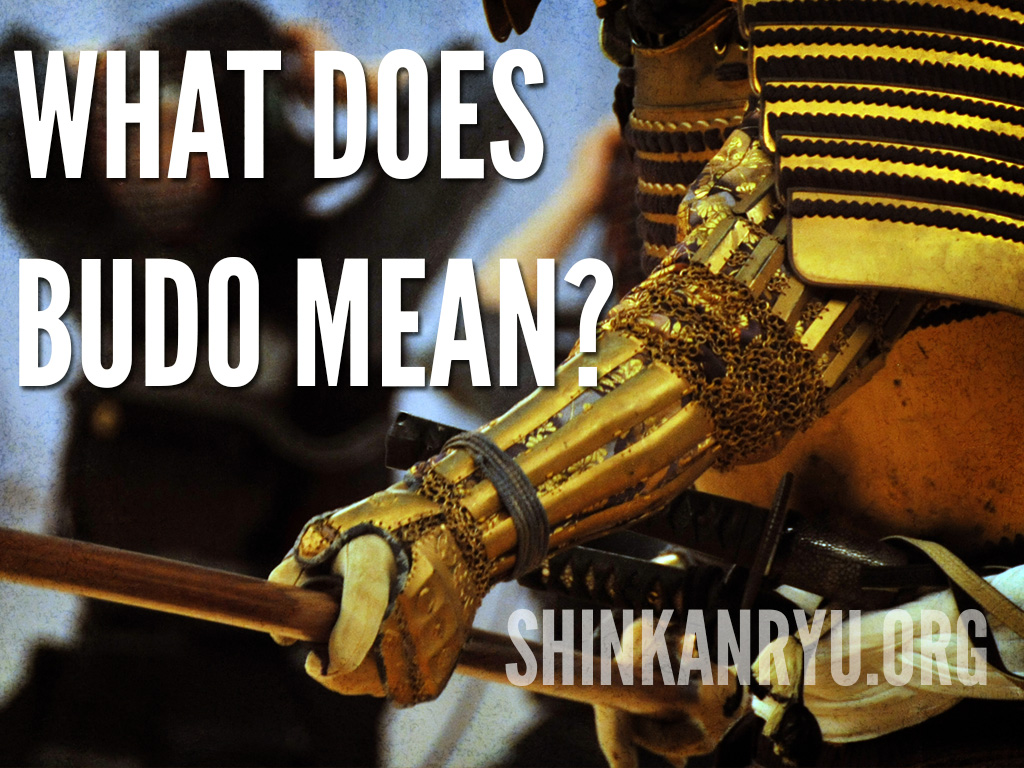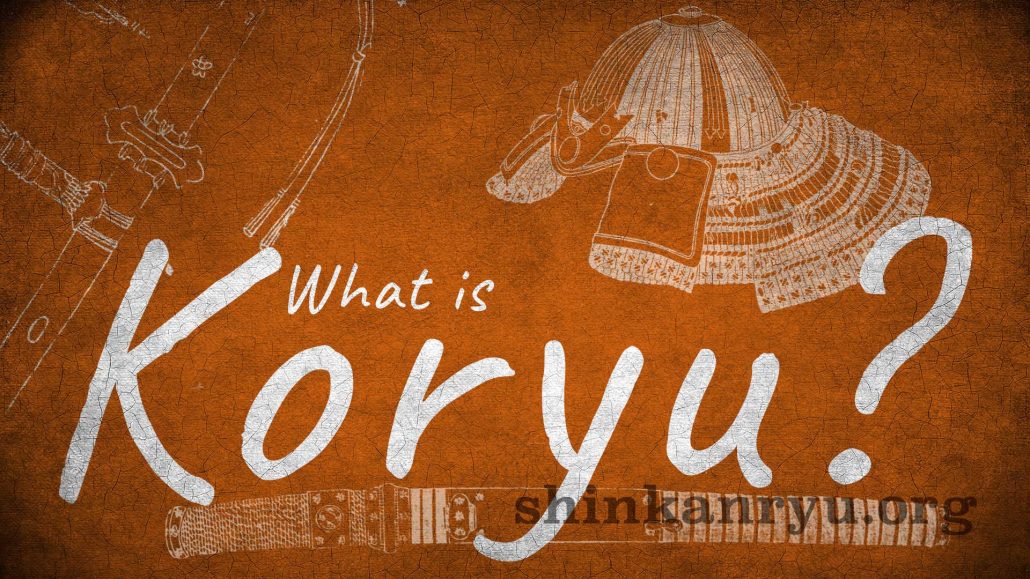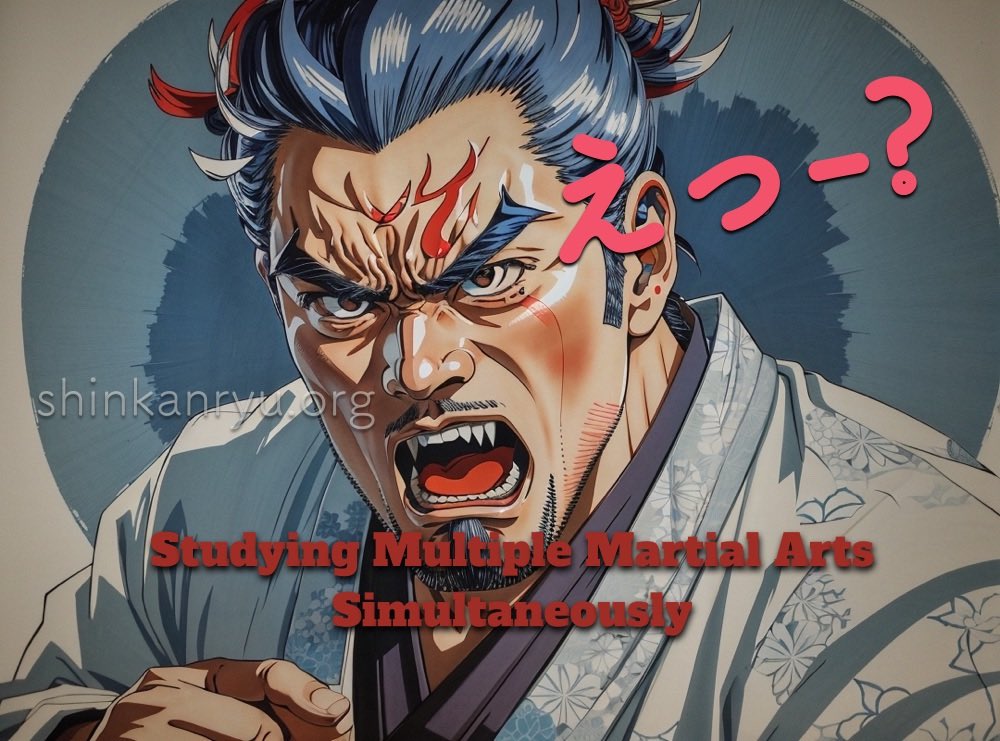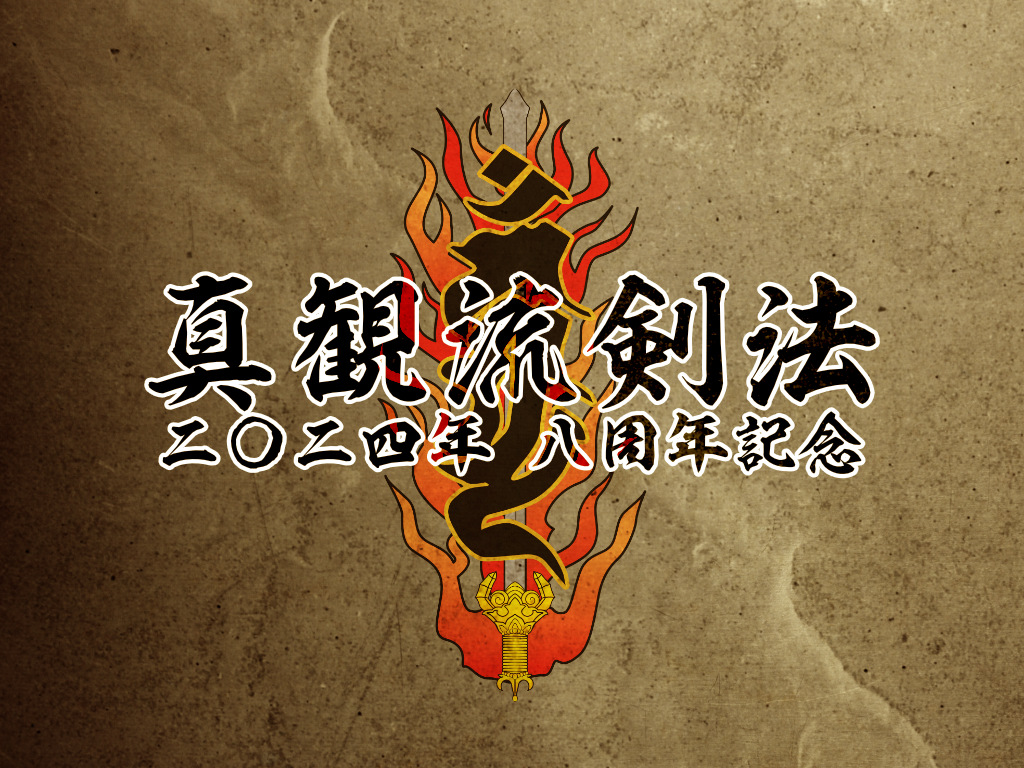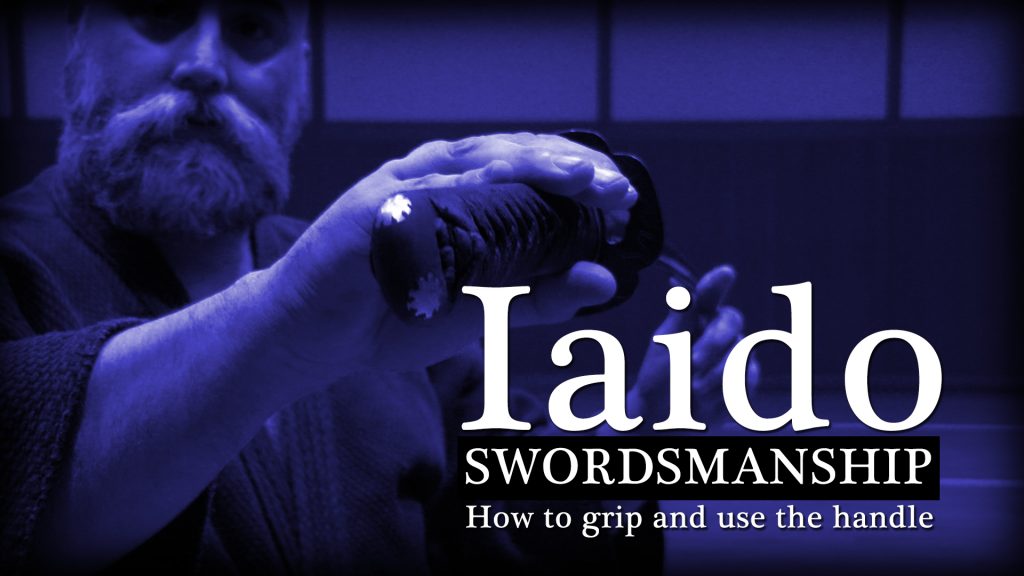The desire to destroy is within us all. We must overcome this urge to tear others down or damage someone's happiness. Whether it's intentional or negligence. As bugeisha (martial artist), it is crucial to suppress the urge to destroy. There is an undeniable pleasure in setting forth events of entropy that result in loss. The very waza we study are acts of destruction. We are hoping to inject entropy into the very will, movement and physicality of our opponent. Many of the actions within our waza, when applied to the opponent, are the correct course of action. Upsetting his focus, intention, will, and defusing his sword attack before it reaches us. Upsetting their balance. That is destroying correctly.
It is akin to fire. Though it can keep ourselves and those we care about warm, and safe, and be used for cooking food. Fire can also be used maliciously. If even not intent on harm, the careless use of it has serious consequences — the strength and power we acquire as martial artists need to be governed. Our physical actions, our mental actions, and our verbal actions shouldn't be used for wanton destruction.
I have witnessed it many times over from the low ranking to the high ranking. The need to destroy and cause problems is too hard to resist. Studying martial arts creates this sense of power. People begin walking around with dynamite in their pockets. It is undoubtedly not the study of martial arts intrinsically that does this. The budding martial artist usually has a psychological problem before training. It's the training and their teacher that ultimately exacerbates the already present issue. It is the immaturity of many so-called martial artists that want to destroy things. If you're going to wear the label of a martial artist, or you want to teach people, then you might want to consider how your actions play out in the world. You can't claim to be a high-level practitioner or anything if you're slinging insults and acting like a nincompoop.
Budō = Self-reflection
I am always thinking about how my actions are interpreted and how they have caused problems. I labor to understand myself better and not to repeat the same mistakes again and again. When I find that my carelessness has caused some destruction, I apologize and begin the hard work of changing myself for the better.
Our waza requires us to understand destruction, entropy, and the origins of the desire to cause injury to someone. Shouldn't we look at our behavior? From the simple act of commenting on Youtube or Facebook to the more egregious acts of committing physical violence to another person. We must be vigilant against veering unto the wrong path and if we are teachers, leading others to go down the same road.
Resist the urge to destroy. Keep the destruction in the waza.
What wholesome thing have you created today?
©2019 S.F.Radzikowski

ラジカスキー真照
館長Saneteru Radzikowski is the head sword instructor of Shinkan-ryū Kenpō. He lives and teaches Iaijutsu and Kenjutsu from Nara, Japan.
Are Combat Skill, Self Defense & Martial Art The Same?
Why make the distinction between martial art and combat skill? I believe that combat skills...
The Point of Iaido & Tame
Pardon the pun, but the point of iaido is important to keep. When we practice...
Bushido Chūgi The code of Loyalty
Loyalty is one of the shining points in any list about the virtues important to...
Honesty and the Martial Arts Hermit. Being a good budō teacher and student.
When people want to find a martial arts teacher, do they often think of mister...
When Protectors Become Perpetrators: Martial Arts Community Failures
Recently, a martial arts instructor (Budo Teacher) faced defamatory accusations in a public forum. A...
death budo
What have you been distracting yourself with while death is around the corner? Time is...
Striking with the Katana: What is the Monouchi?
https://youtu.be/pXpzSBLGkbI
Tachi Iai & Suwari Iai Demonstrations
[fusion_builder_container hundred_percent="no" hundred_percent_height="no" hundred_percent_height_scroll="no" hundred_percent_height_center_content="yes" equal_height_columns="no" menu_anchor="" hide_on_mobile="small-visibility,medium-visibility,large-visibility" status="published" publish_date="" class="" id="" background_color="" background_image="" background_position="center...
Sword Control
We should not let our mind or body or sword become contorted or controlled by...
Shu-ha-ri Budo Learning
On being human and a martial artist
It is difficult to wind through the brambles and thorns of life. It is impossible...
Equanimity Of A Bushi
Under the big blue sky, Walk with purpose. せいしょうにへいほうす。青空をすたすた歩く。 Move towards your difficulties (or life...
Rei – 礼 – Gratitude In Budo Training Life
Gratitude for our swords and training equipment, and those that made them. To our teachers...
Japanese Era 710-1868 Part 1 Nara & Heian
Nara period. 710-794 We shall begin with the Nara period. 710-794. Japan had recently changed...
Maai; Combative Space-timing
Teaching maai 間合い, the ideas of combative spacing and timing intervals in kenjutsu.
What is Kenjutsu? A guide to Japanese swordsmanship
Kenjutsu (剣術) is the Japanese art of the sword. It is one of the four...
What does Budō mean?
I’d like to discuss briefly discuss what Budo or Bujutsu means. I’m not a scholar...
What is Koryū?
Japanese martial arts are usually defined in two groups. Pre-modern and modern. There are no...
Is Studying Multiple Martial Arts Ok?
Many people study more than one martial art. There can be varied reasons, such as...
Shugyō and Keiko Martial Arts Practice
Practicing and Studying There are two main words used about practicing and learning in martial...
Reflections on 31 Years of Martial Arts and 8 Years of Shinkan-ryū Kenpō
不動心 (Fudōshin) – The Immovable Mind As I mark 31 years of practicing martial arts...
Sword Grip Tenouchi Iaido Video
This video describes basic hand grips (tenouchi) for using a katana (Japanese sword).


